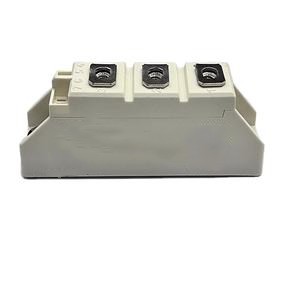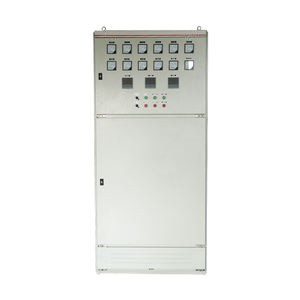Thyristors Online | High-Quality Power Semiconductors
**”Unlocking the Power of Thyristors: A Journey from Theory to Real-World Magic”**
(Thyristor Operations Explained: From Theory to Practice)
Imagine a tiny electronic component, no bigger than your fingernail, that holds the power to control massive amounts of electricity. It’s like a gatekeeper, deciding when to let energy flow and when to slam the door shut. This little hero is called a thyristor, and it’s one of the unsung champions of modern electronics. But how does it work? And why should you care? Buckle up, because we’re about to dive into the fascinating world of thyristors—from the science behind them to their jaw-dropping applications in the real world.
At its core, a thyristor is a semiconductor device, a cousin of the transistor, but with a unique superpower: once it’s turned on, it stays on until the current stops flowing. Think of it as a light switch that, once flipped, can’t be turned off unless you unplug the lamp. This might sound simple, but this behavior makes thyristors incredibly useful in controlling power in everything from your dimmer switches at home to the massive machines in industrial plants.
Let’s break it down. A thyristor has three terminals: an anode, a cathode, and a gate. The anode and cathode are like the entrance and exit for electricity, while the gate is the control knob. When a small voltage is applied to the gate, it triggers the thyristor to allow current to flow from the anode to the cathode. But here’s the kicker: even if you remove the gate voltage, the thyristor stays conducting. It’s like a self-sustaining loop of energy, and it won’t stop until the current drops to zero. This makes thyristors perfect for applications where you need precise control over power, like in motor speed controllers or voltage regulators.
Now, let’s talk about where thyristors shine in the real world. Ever wondered how your home’s dimmer switch smoothly adjusts the brightness of your lights? That’s a thyristor at work, chopping up the AC voltage to deliver just the right amount of power. Or consider electric trains and trams—thyristors are the brains behind their smooth acceleration and braking. Even in renewable energy systems, like solar inverters, thyristors play a crucial role in converting DC power from solar panels into usable AC power for your home.
But thyristors aren’t just about practicality—they’re also about pushing boundaries. In high-voltage direct current (HVDC) transmission systems, thyristors enable the efficient transfer of electricity over long distances, reducing energy loss and making renewable energy more viable. They’re also used in pulse generators for medical equipment, like defibrillators, where precise timing and power delivery can mean the difference between life and death.
(Thyristor Operations Explained: From Theory to Practice)
So, the next time you flip a switch, adjust a dimmer, or marvel at the efficiency of modern technology, remember the humble thyristor. It’s a small device with a big impact, quietly revolutionizing the way we control and use electricity. From theory to practice, thyristors are proof that sometimes, the most powerful things come in the smallest packages. And who knows? Maybe one day, you’ll find yourself designing the next groundbreaking application for this incredible little device. The possibilities are as electrifying as the thyristor itself!


